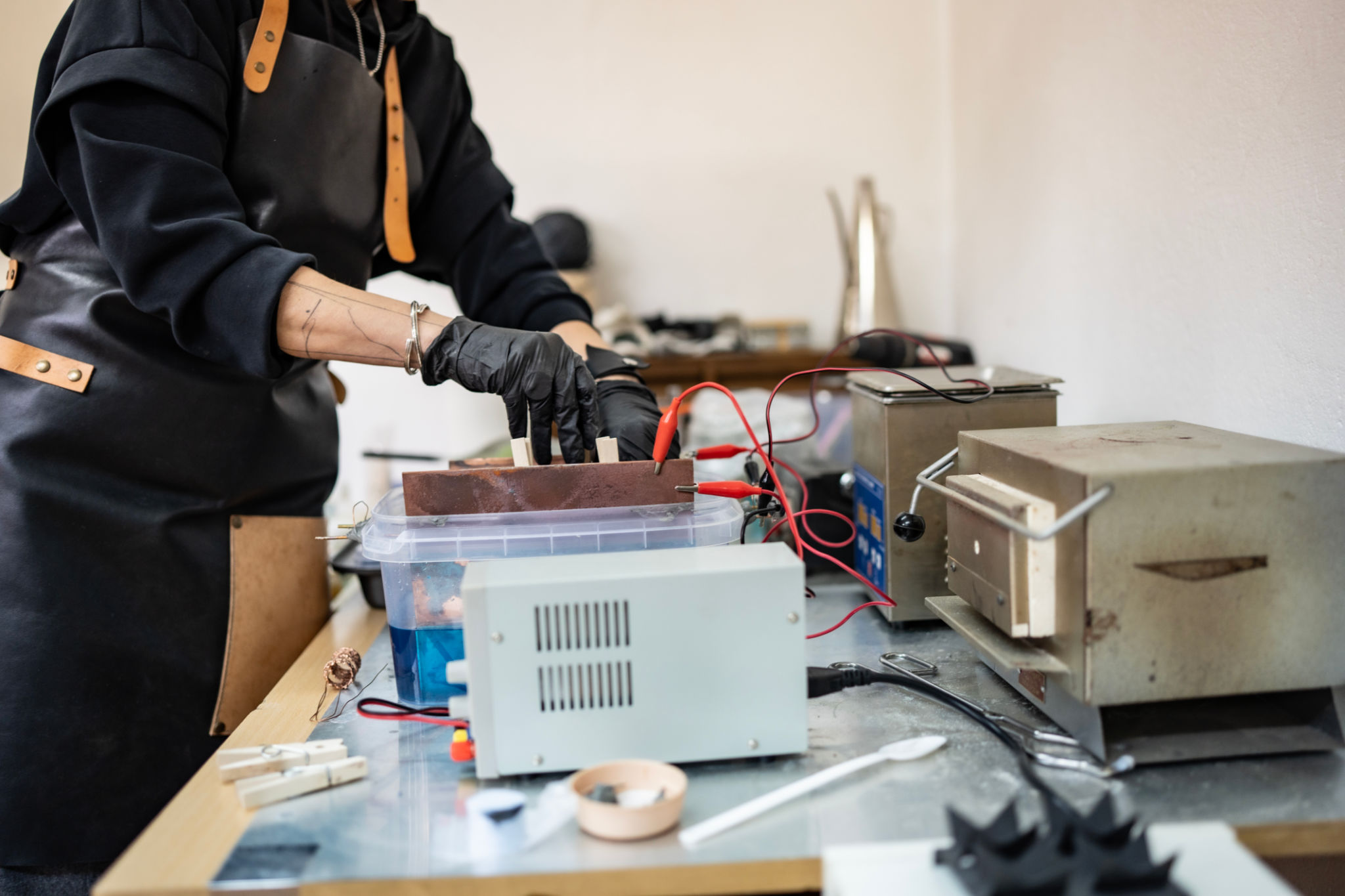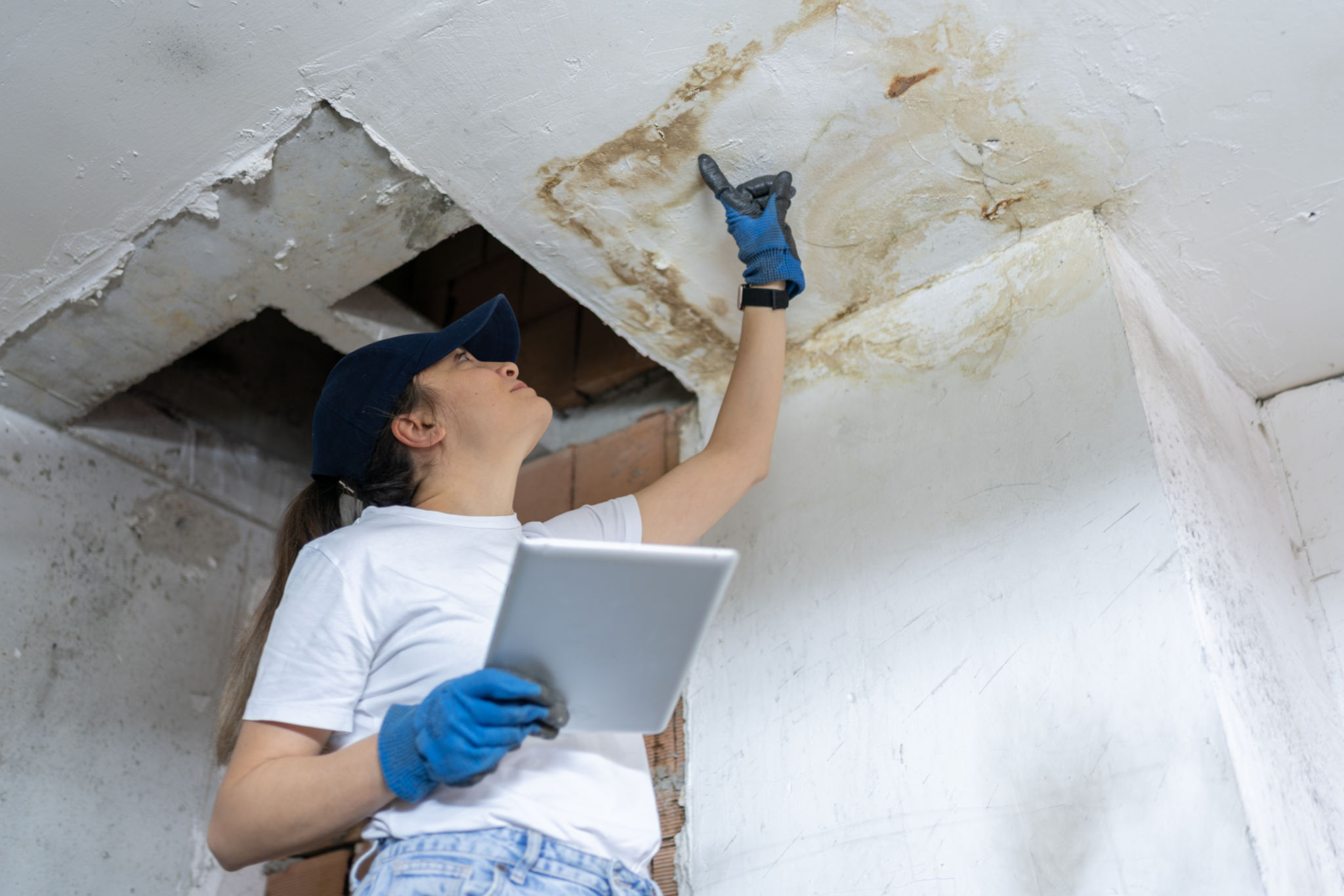How Automated Electroplating Processes Improve Efficiency and Quality
Introduction to Automated Electroplating
The world of electroplating has seen significant advancements over the years, with automation leading the charge in transforming traditional methods. Automated electroplating processes are revolutionizing industries by enhancing both efficiency and product quality. In this post, we will delve into how automation is changing the face of electroplating and the benefits it brings to the table.
Electroplating involves coating a metal object with a thin layer of another metal by applying a direct electric current. Traditionally, this process required extensive manual labor and precision, which often resulted in inconsistencies and longer production times. Automation has addressed these challenges, offering a more streamlined approach.

The Role of Automation in Efficiency
One of the most significant advantages of automated electroplating is the dramatic improvement in operational efficiency. By utilizing automated systems, manufacturers can achieve faster processing times compared to manual operations. This is primarily because automation reduces the need for manual intervention, allowing for continuous operation and minimizing downtime.
Automated systems can handle multiple tasks simultaneously, such as cleaning, rinsing, and plating. This multitasking capability ensures that each step of the electroplating process is executed with precision and speed. Furthermore, automated processes can be easily scaled up to meet increasing production demands without compromising on quality.
Enhancing Quality with Automation
Quality consistency is another critical benefit of automated electroplating processes. By minimizing human error, these systems ensure that each product receives the same level of care and attention. Automated systems use precise controls to regulate factors like temperature, voltage, and chemical concentrations, leading to uniform coatings.

Moreover, automated systems are equipped with sensors and monitoring tools that provide real-time feedback on the plating process. This allows for immediate adjustments if any discrepancies are detected, ensuring that the final product meets stringent quality standards.
Cost Reduction and Resource Optimization
Automation in electroplating not only improves efficiency and quality but also contributes to cost reduction. By reducing labor costs and minimizing waste through precise control of resources, manufacturers can significantly lower their operational expenses. This optimization of resources leads to a more sustainable production process, benefiting both the company and the environment.
Additionally, automated systems often come with energy-efficient features that help reduce electricity consumption. Over time, these savings can add up to substantial cost reductions. By investing in automation, companies can achieve a more competitive edge in the market.

The Future of Electroplating
As technology continues to advance, the future of electroplating looks promising. Innovations in automation technology are expected to make electroplating processes even more efficient and environmentally friendly. With ongoing research and development, we can anticipate further enhancements in precision, speed, and sustainability.
Companies that embrace these automated systems are likely to stay ahead of the curve, benefiting from increased productivity and superior product quality. As the demand for high-quality electroplated products grows across various industries, automation will play an indispensable role in meeting these needs.
Conclusion
In conclusion, automated electroplating processes have become a game-changer for industries that rely on metal coatings. By improving efficiency, quality, and cost-effectiveness, these systems provide a compelling case for modernization. As we move forward, embracing automation in electroplating will not only enhance business operations but also pave the way for innovative solutions in metal finishing.
